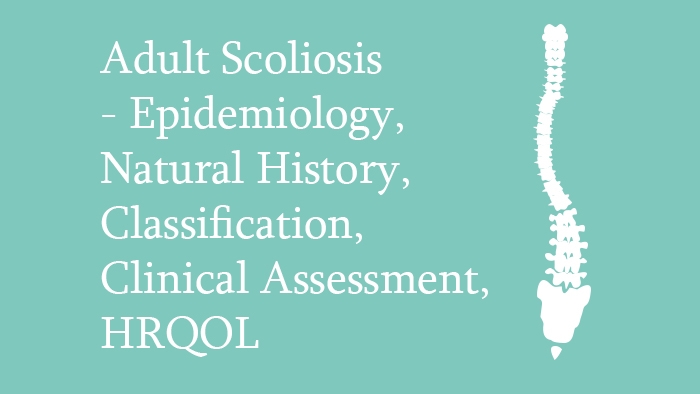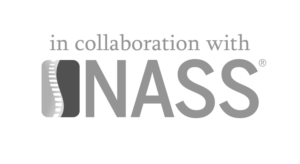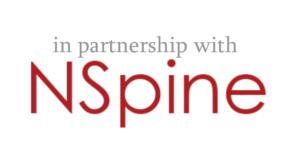Adult Scoliosis – Epidemiology, Natural history, Classification, Clinical Assessment, HRQOL
This spine surgery lecture on Adult Scoliosis concerns its epidemiology, natural history, classification, clinical assessment and health-related quality of life.
Enrol to View This Lecture
Access to all 180 Spine Lectures with our Spine Surgery Education Programme.
Lecturer: Max Aebi, MD, DHC, FRCSC
Includes:
- Online Lecture Presentation
- Pre- and Post- Learning Assessments
- Additional Learning Materials (Standard Package only)
- Up to 3 CME Credits
Ref.ID: 4_1_aebi
DOI: 10.28962/01.3.061
What you will cover in this lecture
The lecture begins with an examination of the epidemiology of adult scoliosis before moving on to look at its natural history and progression with a clinical example. The classification of adult scoliosis is explained, including the Schwab and Berjano and Lamartina classification systems. An overview of the clinical presentation is given, followed by an in-depth look at the health-related quality of life in relation to this pathology.
Learning Objectives
- To understand that adult scoliosis is a complex, multietiological and polyform spinal deformity in adult life, possibly beginning in adolescence.
- To be able to value the different classification systems in order to make adequate indications for different treatment modalities.
- To be aware that the treatment of adult scoliosis is only secondary related to the X-rays but rather has to take into consideration the exact pain history, the clinical assessment and the health status of the patient.
- To understand and to make the medical community aware that a spinal deformity (scoliosis) has sometimes a higher impact on the HRQOL than other chronic disease burden.
- To be able to explain to the patient and their family, why a surgical treatment usually has a better outcome than a non-surgical treatment.
Target Groups
Practicing Spine Surgeons
in Orthopaedic or Neurosurgical services for Continuing Education or recertification
Max Aebi MD, DHC, FRCSC
- Professor Emeritus Orthopaedic Surgery, McGill University, Montreal (CND) and University of Bern (CH)
- Member of the European Academy of Science
- Deputy Editor Web-based Education, European Spine Journal
- "Das Rückenzentrum" at Salem-Spital Hirslanden, Bern (CH)
eccElearning Participation
Co-ordinating Editor
Editor
Author
- The History of Spine in Medicine – and beyond
- Adult Scoliosis - Epidemiology, Natural history, Classification, Clinical Assessment, HRQOL
- Classification of Sub-Axial Cervical Spine Injuries
- Upper Cervical Spine: Instability and specific anatomical structures
- The Treatment of Upper Cervical Spine Injuries
- Classification of Thoracolumbar Fractures
Lecture Presentation
Adult Scoliosis – Epidemiology, Natural history, Classification, Clinical Assessment, HRQOL
Includes:
- Online Lecture Presentation
- Pre- and Post- Learning Assessments
- Additional Learning Materials (Standard Package only)
- Up to 3 CME Credits

Enrol to View This Lecture
Access to all 180 Spine Lectures with our Spine Surgery Education Programme.
Frequently Asked Questions
Q: What is an eccElearning Lecture like?
A: Each Lecture includes the Lecture Presentation, Additional Learning Resources, Pre-Learning Quiz and Lecture Assessment.
Each Spine Surgery Lecture is viewed online in video format and lasts from 20-45 minutes. The Lectures contain relevant additional learning resources (book chapters, research papers, surgical videos, master lecture videos, case reports, review articles, etc.), which are presented in context and viewable immediately for your convenience.
Lecture 5.1 is an invited Master Lecture and does not include the Quiz and Assessment components.
Q: How much time will a Lecture take?
A: Lecture presentations typically take 20-45 minutes to run. However, candidates are required to review the compulsory and recommended additional learning resources contained within the Lecture. The time taken to view the Lecture and review the additional resources is in the range 3-4 hours per Lecture.
Q: What kind of credits do I get from the Lecture?
A: Each Spine Surgery Lecture can confer up to 3 Continuing Medical Education (CME) credits, certified by European Accreditation Council for Continuing Medical Education (EACCME). The CME credits are awarded to the candidate on successful completion of the online Lecture. The number awarded depend on the number of additional learning materials available in a Lecture - premium versions of the Diploma and Modules include more material for each lecture, so confer more CME Credits.
Q: What payment methods are accepted?
A: All major credit and debit cards.
Q: What are CME Credits?
A: CME stands for Continuing Medical Education. You are awarded CME Credits for undertaking an approved course of medical education. Each Lecture that you complete successfully adds to your CME Credits total. All Lectures provided by eccElearning are accredited by the European Accreditation Council for Continuing Medical Education (EACCME), of the Union Européenne des Médecins Spécialistes (UEMS). You can print out your Certificate of CME Credits after the completion of any Course or Lecture.
Q: What do I do if I fail a Lecture Assessment?
A: You are permitted to retake a Lecture Assessment up to two times. The Lecture Assessment will be made available to you again 14 days after a failed attempt. If you’ve failed the Lecture Assessment three times, please get in contact with us to discuss your options.
Q: What courses does eccElearning provide?
A: We have the Diploma in Spine Surgery with Modules individually purchasable, and Spine Surgery Specialist Certificates in Radiology and Physiotherapy.








